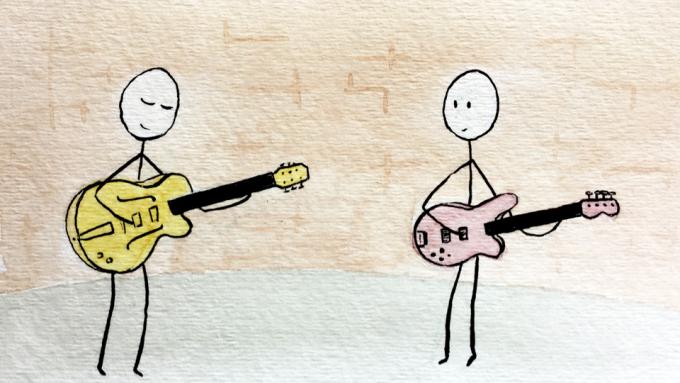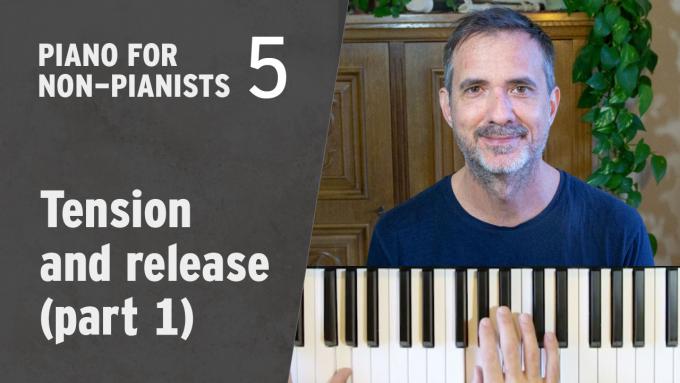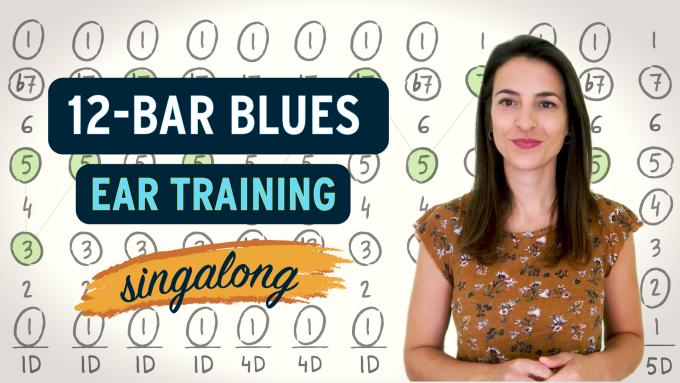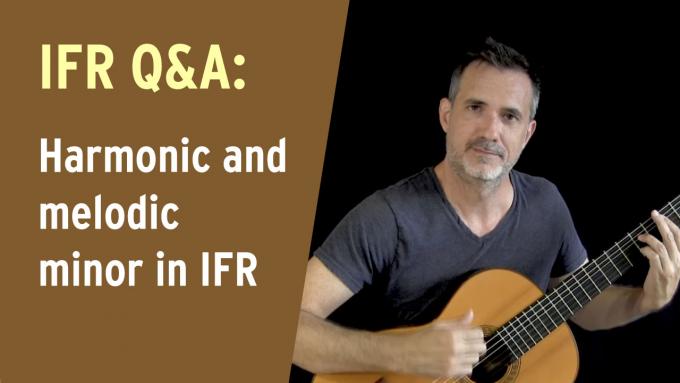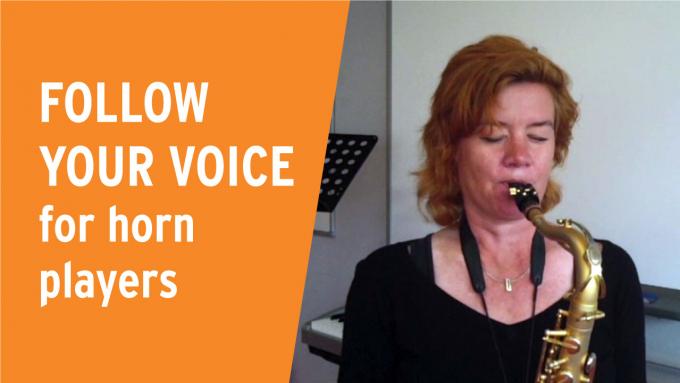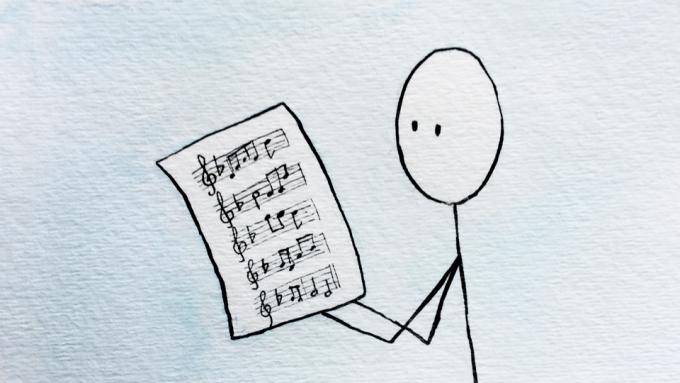I play in a blues band and quite often I need to compose bass riffs spontaneously to support the guitarist. How can I get better at doing this?
In this lesson I illustrate what chord melody technique is and how it will enrich both your soloing and your accompanying.
In this free sample lesson from Seven Worlds for Guitar, you will learn a slight alteration to the Mobility technique that allows you to move freely around the entire fretboard by whole steps.
In this lesson you'll learn one of the keys to creating beautiful melodies, which is to notice the feelings of tension or relaxation produced by each note of the harmonic environment.
This is a practice video where we sing together the exercise Melody Paths from the Improvise for Real method, over a major 12-bar blues chord progression.
This short sample chapter from the book "Improvise for Real" provides a nice overview of everything you will learn.
A student asks whether harmonic minor and melodic minor scales are included in IFR. The answer is an enthusiastic YES and in this video I show you how.
The IFR exercise "Follow your Voice" is something we normally practice on a keyboard so that we can sing the notes as we play them. But in this video I'll show you a great variation on this exercise that you can practice with your saxophone.
In this video I teach you how you can study the modes creatively and learn to make your own music with these beautiful sounds.
I understand that you always want us to see where we are in the overall key of the music. So you have us think of the relative minor as note 6. But over the years I learned to think of the root of each harmonic environment as its own “note 1”. Do you think it's better to always connect back to the parent key?
